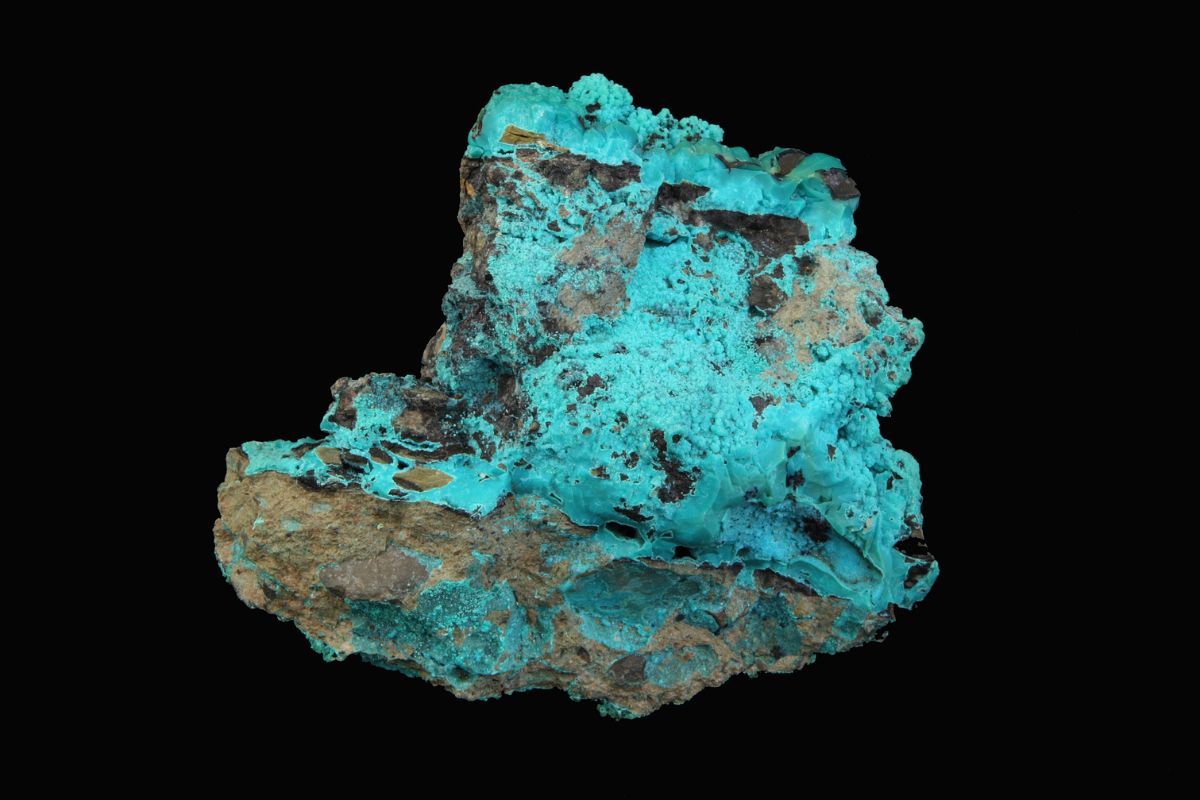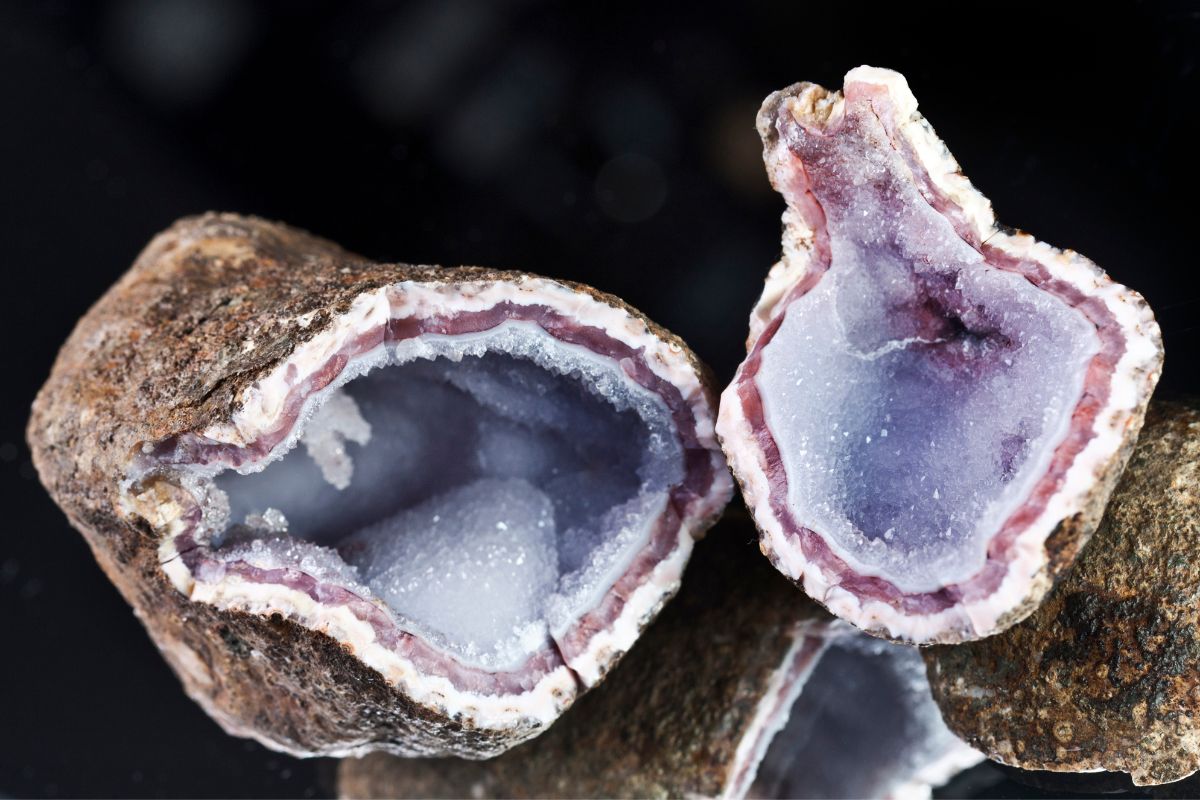Dolomite is a mineral composed primarily of calcium magnesium carbonate. Dolomite is often found in limestone deposits. The name comes from the Latin word meaning ‘hard stone’.

Calcium magnesium carbonate is also known as dolomite or magnesian limestone. This type of rock is formed when water dissolves the minerals in the limestone and leaves behind a soft sedimentary rock called calcarenite. Calcarenite is then slowly transformed into dolomite over millions of years.
What Exactly Is Dolomite?
Dolomite is a common type of rock formed by the slow precipitation of dissolved minerals into a solution. This process occurs over millions of years as water passes through rocks containing soluble salts such as sodium chloride, potassium chloride, and calcium chloride.
As it travels through the rock, the water dissolves the salt and leaves behind insoluble deposits of the original minerals. These deposits form layers within the rock called beds. Over time, the layers become cemented together and harden into stone.
The most important characteristic of dolomite is its high concentration of calcium and magnesium carbonates.
Calcium and magnesium combine to make up about 80% of the weight of dolomite. Other elements include silicon, iron, aluminum, manganese, oxygen, sulfur, and chlorine.
What Are The Physical Properties Of Dolomite?
The mineral dolomite consists of calcium magnesium carbonate hydrate. It occurs in many different forms, including masses, nodules, and grains. In general, the larger the grain size, the coarser the texture.
There are three basic types of dolomite crystal habit: prismatic, tabular, and acicular. Prismatic dolomites are usually massive and occur in large blocks. Tabular dolomites are often elongated and occur in thin layers. Acicular dolomites are needlelike and occur in small aggregations.
In addition to the above-mentioned characteristics, there are several important physical properties of dolomite that make it useful for geologic mapping. These include color, density, hardness, specific gravity, refractive index, and X-ray diffraction patterns.
- The color is generally pale yellowish brown to dark reddish brown.
- The specific gravity ranges from 2.6 to 3.4.
- The hardness varies from 3.5 to 5.0.
- The refractive indices range from 1.52 to 1.57.
- X-ray diffraction peaks indicate that dolomite contains both calcite and magnesian limestone.
What Is Dolomite Used For?
Dolomite is a type of sedimentary rock composed primarily of calcium carbonate minerals. It is named after Mount Dolomiti, located near Trento in Italy.
Dolomite is found worldwide, although the majority of world production takes place in Canada, Australia, Brazil, China, India, Mexico, Morocco, Namibia, South Africa, Turkey, the United States, Venezuela, Zimbabwe, and Zambia.
Dolomite has many uses. Some examples include:
- As a building material, it is used for flooring, countertops, wall cladding, and fireplaces.
- In the chemical industry, it is used to produce lime and soda ash.
- In the oil industry, it is used as a drilling mud additive.
- In the mining industry, it is used for crushing and sizing operations.

What Does Dolomite Look Like?
The most common type of stone countertop material is called dolomite.
This is because it contains calcium carbonate, which makes up about 60% of the substance. In addition, it is composed of magnesium, aluminum, iron, potassium, sodium, silicon, sulfur, phosphorus, oxygen, and trace amounts of many other elements.
This mineral is very hard, making it suitable for use as a kitchen countertop material. It is also resistant to heat and scratches, making it ideal for kitchens where high temperatures are present.
However, there are some downsides to using dolomite. For one thing, it tends to stain easily, especially if it gets wet. Also, it does not hold up well against acidic foods like tomatoes and citrus fruits.
What Are Its Strengths?
Resistance To Scratches
When it comes to hardness, we usually say that dolomite lies somewhere between marble and granite, but it does not mean that it is as hard as granite or as soft as marble. In fact, it is much harder than both of them.
The difference between marble and granite is that the latter is very dense and heavy, while the former is light and porous.
Marble is composed of calcite, silica, water, and sometimes feldspar, whereas granite is mainly composed of quartz.
Granite is considered one of the hardest stones because it is extremely durable and resistant to scratching, but it is not nearly as hard as diamond. On the contrary, it is softer than most types of marble.
Durability
The durability of dolomite makes it one of the best choices for kitchen counters. This mineral is strong enough to withstand heavy use, such as cutting meat or chopping vegetables. In fact, you can cut into it without worrying about breaking off pieces.
This stone is also easy to clean. If there are stains, just wipe them away with a damp cloth. To prevent scratches, keep your countertops free of hard objects like knives and forks.
What Price Should You Expect To Pay For Dolomite?
There are many types of natural stones out there, including marble, limestone, travertine, sandstone, granite, soapstone, serpentinite, etc. But one of the most popular options is dolomite.
Dolomite is a type of sedimentary rock composed primarily of calcium carbonate and magnesium hydroxide. Its name derives from the Greek word dolo meaning hard and mites meaning lime.
The price of dolomite varies depending on where it’s quarried. In North America, prices range from $20 per ton to $60 per ton.
Prices in Asia tend to be lower, while those in Australia are much higher. For example, in China, dolomite costs around $30 per ton.
Why Should You Use Dolomite?
This rock contains large amounts of calcium carbonate, making it useful for improving soil structure and increasing water retention. Dolomite is often found in areas with high rainfall because it absorbs moisture easily.
Final Thoughts
Dolomite is a great choice for kitchen countertops because it is durable, easy to maintain, and affordable.
However, it should be noted that this stone is prone to staining. So, make sure to choose a color that matches your other kitchen materials.
- 15 Crystals That Cannot Be Exposed To The Sun - January 7, 2024
- Malachite Vs Fuchsite – Benefits And Uses - January 7, 2024
- Malachite Vs. Green Jasper: Benefits And Uses - January 7, 2024






![12 Most Beautiful Crystal Caves In The World [With Pictures] 12 Most Beautiful Crystal Caves In The World [With Pictures]](https://thatcrystalsite.com/wp-content/uploads/2022/12/12-Most-Beautiful-Crystal-Caves-In-The-World-With-Pictures.jpg)



